Nepenthes St. Gaya – Carnivorous Pitcher Plant
$21.00
Ease to Grow: Easy.
Dormancy: No.
Native Range: Parents from tropical Malaysia.
Zones: 11-12 (9-14).
Nepenthes x St. Gaya, is a compact, easy-to-grow hybrid of N. khsiana x (ventricosa x maxima). It is a vigorous growing carnivorous tropical pitcher plant with large upright pitchers with cherry red speckles on yellow-green backgrounds. The trap mouths are wide and oval. It’s parent species are quite adaptable, growing in the open or shade, among grasses and shrubs. It is very cold tolerant, but prefers warm, humid, bright conditions. It is quite good at catching large insects, such as: stink bugs, wasps and yellow jackets. It is a great house plant, that can be grown outdoors in the warm weather with a minimal transition period. It is a good Nepenthes for beginners.
Plants are shipped bare-root, wrapped in damp sphagnum moss. Photographs are representative of species, and not the specific plant shipped.
Height: 18+”.
Plant Type: Perennial, tropical.
Soil: Live Sphagnum Moss or Nepenthes Mix.
Light: Bright indirect indoors, full to partial sun outdoors.
Use: Great house plant for the sunroom, window sill, terrarium, or greenhouse.
- Reviews (2)
Add a review
You must be logged in to post a review.

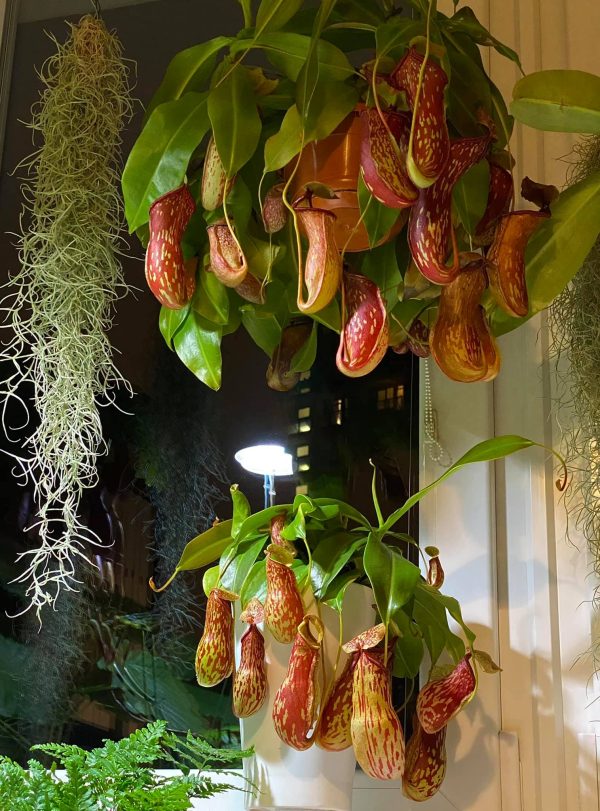
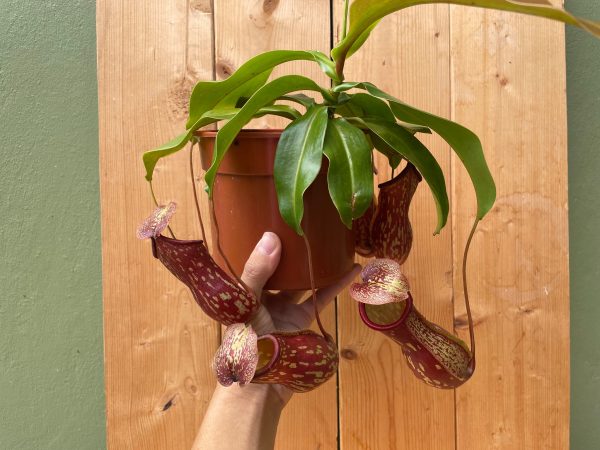
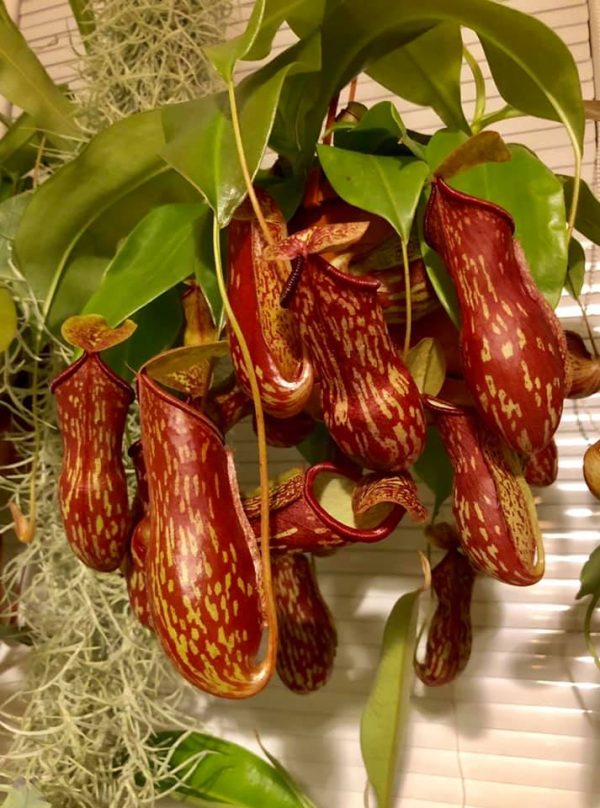
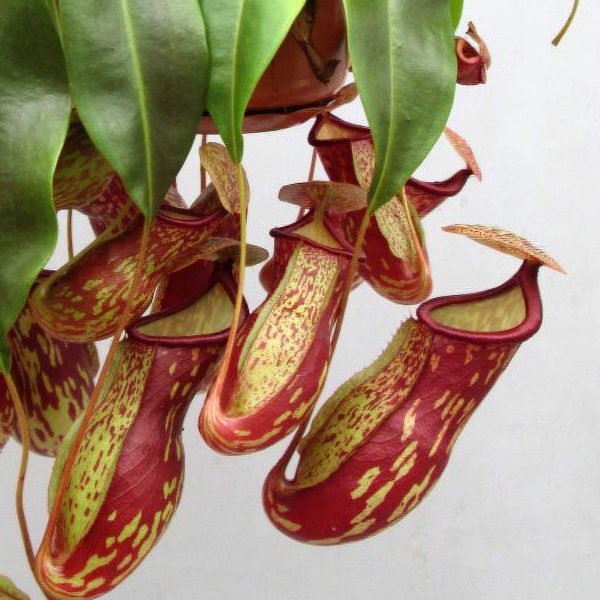
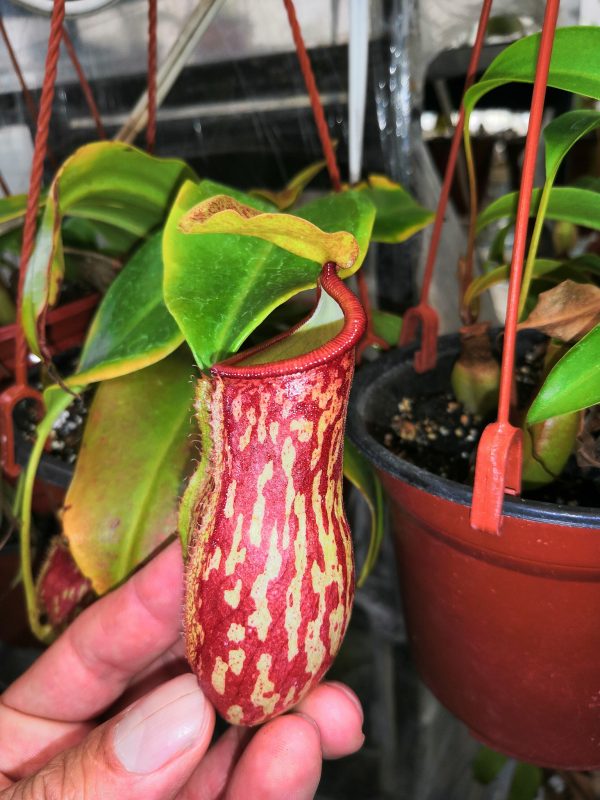
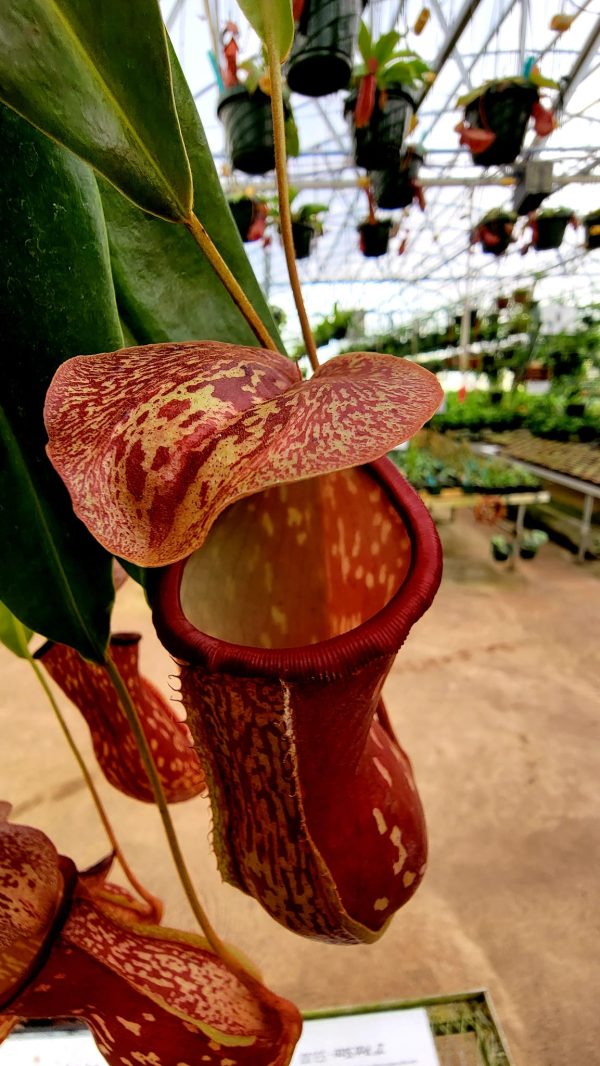
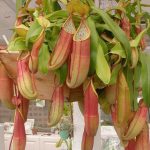
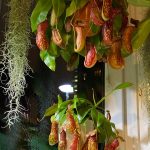
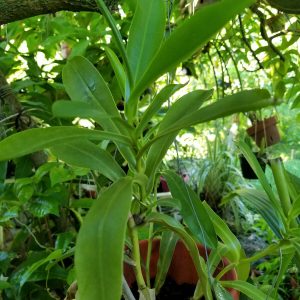
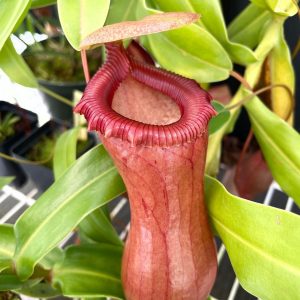
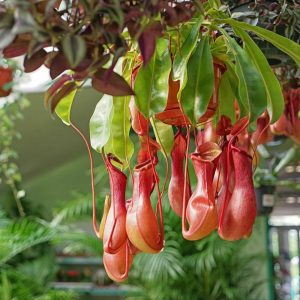
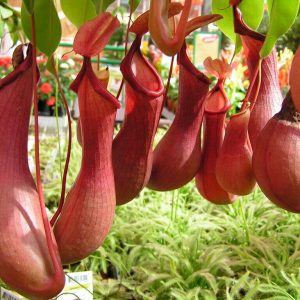
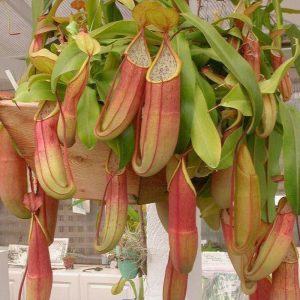
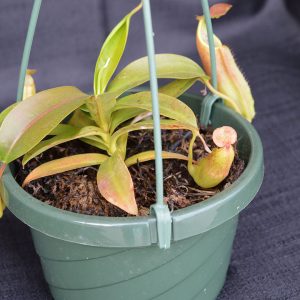
2 reviews for Nepenthes St. Gaya – Carnivorous Pitcher Plant